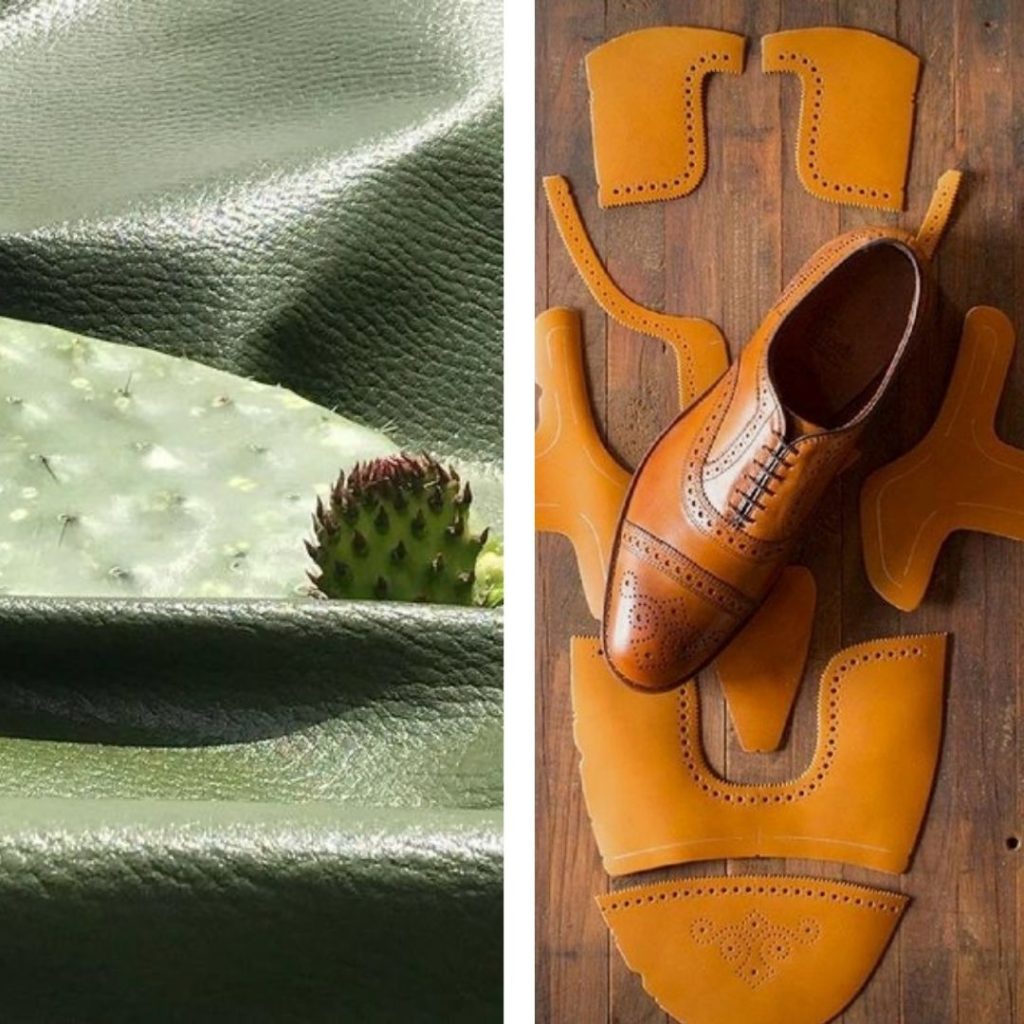Every time we hear more about the footwear production elaborated with vegan products. The industry aims to promote the production of alternatives to leather under the vegan free claim. However, these materials are not as ecological as their name pretends to make it seem, since, totally or partially, they are made up of materials derived from plastic. In addition, they do not offer the same resistance to breakage and tear, nor the same permeability to water vapor.
The study by FILK (German Independent Research Institute) Trend Alternatives for Leather is the clear hierarchy, performance and sustainability between leather and its imitations.
Ecological alternatives
Cotance (European Confederation of National Tanning Associations) put different materials available to FILK researchers.
The objective was to verify the technical properties of each of these materials. Therefore, they were subjected to standardized physical and chemical tests. In turn, the same tests were performed on the leather. The conclusions were unequivocal: none of the alternative materials manages to match the leather in terms of performance and durability.
The alleged sustainability
Sustainable consumption and production have become an increasingly important factor in today’s society and economy. For this reason, with the marketing we try to place great emphasis on everything related to ecological, vegan, sustainable, recycled among many other concepts.
Focusing marketing campaigns around the environment topic to generate sales is not something to criticize. What is open to criticism is advertising about false sustainability, definitely, spreading misleading information or not being transparent as a company.
Cotance affirms « these materials push the lever of the ecological commercialization, without being absolutely green ». Fortunately, in Italy the Pelle Decree has come to put order on the subject.
The Desserto case
Cactus skin. The Mexican company Desserto has pioneered the production of this new vegan alternative to real skin. But what is the veracity of this alternative?
According to the report published by Cotance it was found that contains 65% polyurethane. It turns out, to be so, a mixture of natural raw materials (cactus fibers) and plastic.
The consumer’s ignorance of cases like this leads to false myths and consequently trends based on misleading advertising.


Commentaires récents